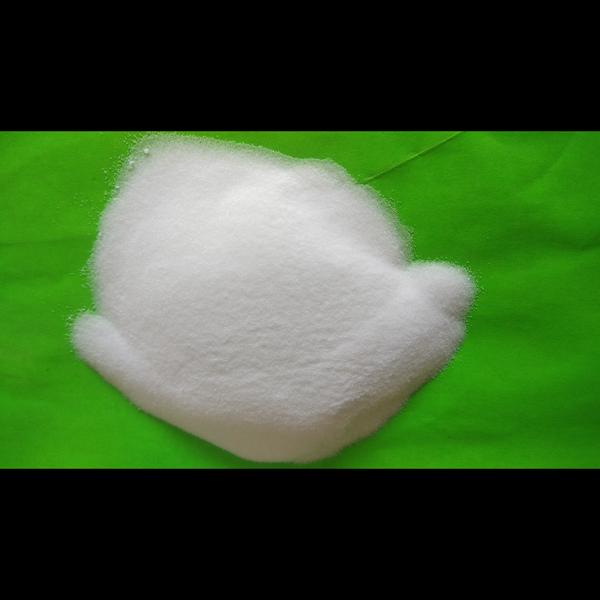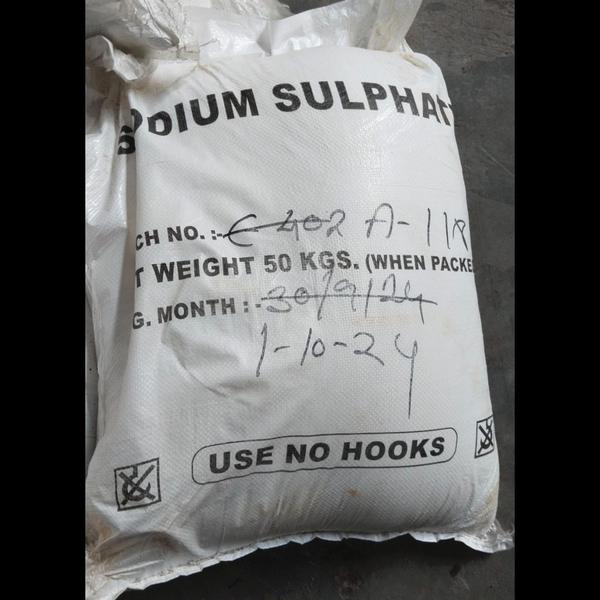1. Space Missions
Space missions are operations involving sending spacecraft beyond Earth to explore space, conduct scientific research, or support human activities like satellite deployment or space station resupply. Types of space missions include:
Manned Missions (e.g., Apollo, SpaceX Crew Dragon): Astronauts travel to space and return safely.
Unmanned Missions (e.g., Mars rovers, satellites): Robotic systems carry out objectives without humans.
Interplanetary Missions (e.g., NASA’s Perseverance): Go to other planets like Mars or Jupiter.
Orbital Missions: Launch satellites or space telescopes into Earth’s orbit.
⛽ 2. Rocket Fuel Types
Rocket fuel powers spacecraft to escape Earth’s gravity. There are two main types:
A. Liquid Fuel
Combines liquid oxidizer (like liquid oxygen) with a liquid fuel (like liquid hydrogen or kerosene).
Used in missions needing control and precision.
Example: Space Shuttle main engines used liquid hydrogen + liquid oxygen.
B. Solid Fuel
A solid mixture of fuel and oxidizer.
Used in boosters (fast, high power, not restartable).
Example: ISRO’s PSLV uses solid fuel in its first stage.
C. Hybrid Fuel
Combines features of both liquid and solid fuels.
Still being tested more widely for future use.
🧑🚀 3. Landing Capsules
After space missions, astronauts or samples return to Earth using landing capsules. These are designed for safe reentry and soft landing.
Key Features:
Heat Shield: Protects from the extreme heat during atmospheric reentry (up to 1, 650°C).
Parachutes: Slow down the capsule after reentry.
Retro Rockets or Airbags (optional): Cushion the final impact.
Splashdown or Ground Landing: Depending on the mission, capsules land in the sea (e.g., SpaceX Dragon) or on land (e.g., Soyuz).
Famous Capsules:
Apollo Command Module – First to bring humans from Moon to Earth.
SpaceX Dragon – Modern reusable capsule.
Orion (NASA) – Designed for deep space like Moon and Mars missions.



